Wearing her usual tinted sunglasses and with her nose buried in her notes, Samia Suluhu Hassan was sworn in as Tanzania’s president for the second time on Monday. Speaking before an audience of soldiers and politicians in a closed-door ceremony, “Mama Samia” – as her supporters affectionately call her – stressed the need for “unity and solidarity”.
The words seemed apt for the moment – in the five days leading up to her inauguration, unprecedented protests against her government shook the country and left potentially hundreds of people dead.
The country’s two main opposition leaders were both prevented from running, having been jailed or disqualified in the lead-up to the vote. Opposition groups estimated that 700 were killed in electoral violence while government authorities downplayed the unrest, blaming “criminals” for what they called “isolated incidents”.
Hassan, the 65-year-old incumbent, won nearly 98 percent of ballots cast with turnout estimated at 87 percent, according to Tanzania’s electoral commission.
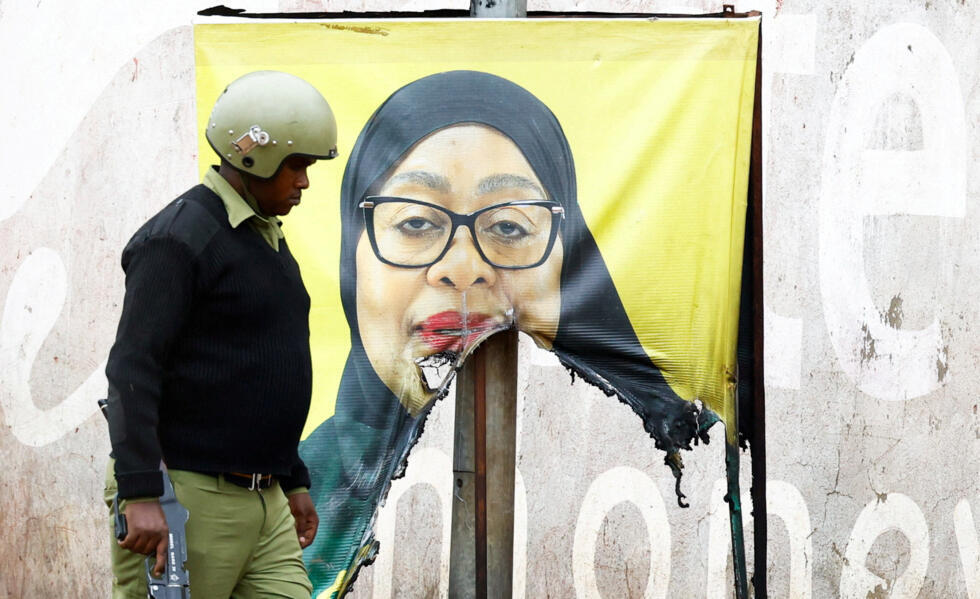
For Dan Paget, professor of political science at the University of Sussex, the unconvincing numbers were meant to send a strong statement to the restless public.
“By claiming these results, the regime wants to send a message: ‘Don't try to resist us, we are moving forward in broad daylight,’” he said.
Hassan’s apparently crushing victory was swiftly denounced by regional election observers, who criticised the absence of a genuine opposition.
“In most areas, voters could not express their democratic will,” Richard Msowoya, head of the electoral observer mission for the Southern Africa Development Community, said in a statement Monday.
Human rights NGO Amnesty International denounced what it described as a “wave of terror” in the leadup to the elections, accusing Tanzanian authorities of carrying out “enforced disappearances, arbitrary arrests, torture and other ill-treatment, and extrajudicial killings”.
Smoke screen
The daughter of a teacher and a stay-at-home mother, Hassan had built a promising reputation when she first took public office.
Born in 1960 in Zanzibar, she received a master’s degree in community economic development through a joint programme between Open University Tanzania and Southern New Hampshire University in the US. She started out in the semi-autonomous island’s local government administration, serving as a development officer in the public service.
She would go on to become a project manager at the UN World Food Programme before taking the reins of Angoza, Zanzibar’s main umbrella body for NGOs.
Hassan joined Chama Cha Mapinduzi (CCM) – the “Party of the Revolution” in English – in the 1980s. The CCM, which arose from a 1977 merger between Julius Nyerere’s Tanganyika African National Union and the Zanzibar-based Afro-Shirazi Party, has governed the country in one form or another ever since.
The party appointed Hassan to a special seat in the Zanzibar House of Representatives in 2000. She would go on to be elected to Tanzania’s National Assembly, where she held several ministerial positions and was eventually named minister of state for union affairs under president Jakaya Kikwete.
Tanzania rocked with post-election violence
To display this content from YouTube, you must enable advertisement tracking and audience measurement.
One of your browser extensions seems to be blocking the video player from loading. To watch this content, you may need to disable it on this site.
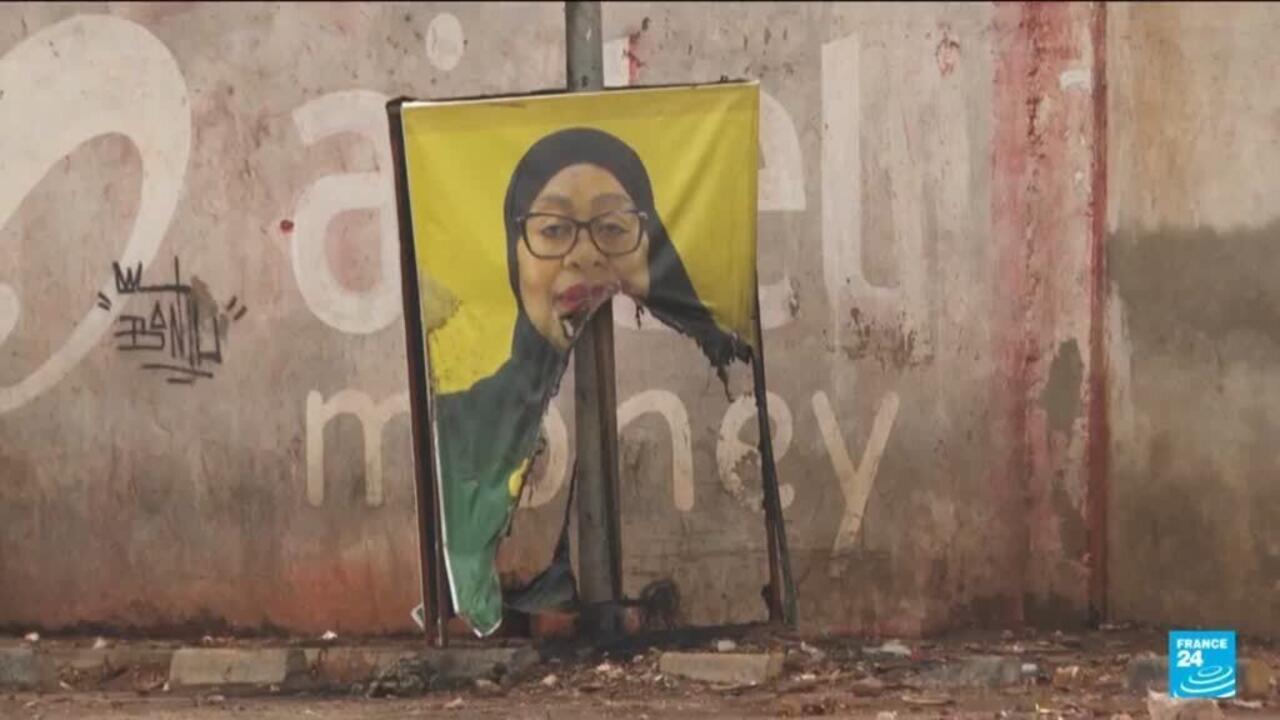
01:52
Presidential candidate John Magufuli chose her as his running mate in 2015. For many observers, the accomplished technocrat’s rise to the vice-presidency was an unexpected choice – and one that would have significant consequences after Magufuli’s death in March 2021 propelled her into the presidency.
Having steered the country through the shock of the Covid-19 pandemic, she promised to open Tanzania back up to the world with her “4R” doctrine – reconciliation, resilience, rebuilding and reform.
“She arrived at a dark moment for Tanzania, from a democratic perspective, and presented herself as a reformer, starting with marginal measures,” Paget said.
Distancing herself from the country’s long-running repression of opposition movements, Hassan lifted a ban on political rallies and loosened the state’s grip on the media.
“But the more profound constitutional reform she called for has been slow to get off the ground,” Paget said. “She set up a committee, said we had to wait for the results of an institutional dialogue ... Years went by, but nothing happened. We realised that it was all just a smokescreen.”
Watch moreTanzanian opposition leader Tundu Lissu stands trial
For critics, the record speaks for itself. The government continues to choose judges and regional representatives, the need for media outlets to periodically renew their licenses keeps them squarely under the government’s thumb, and laws of defamation and sedition – widely used to suppress political opponents – remain in place. Meanwhile, instituting a genuine separation of powers continues to be elusive.
With these tools in hand, Hassan’s main rival, Tundu Lissu – a lawyer belonging to Chadema, the “Party for Democracy and Progress” – was arrested and charged with treason and spreading false information just six months out from the election. Placed into isolation one week before the vote, he called on his supporters to boycott the election.
A ‘pure product’ of the ruling party
“It is important to bear in mind that Samia Suluhu Hassan is a pure product of the CCM, the party that, in its various forms, has remained in power for the longest period of time in Africa without interruption,” Paget said. “She has evolved for decades within this partisan system and climbed the ranks.”
“It is not certain that the opposition would have won [under different circumstances], but the president's popularity has declined significantly over the past two years,” said Nicodemus Minde, a researcher at the Institute for Security Studies in Nairobi, Kenya.
“These historic protests are the culmination of long periods during which Tanzanian citizens were unable to express themselves freely. They also reflect economic discontent against a backdrop of corruption.”
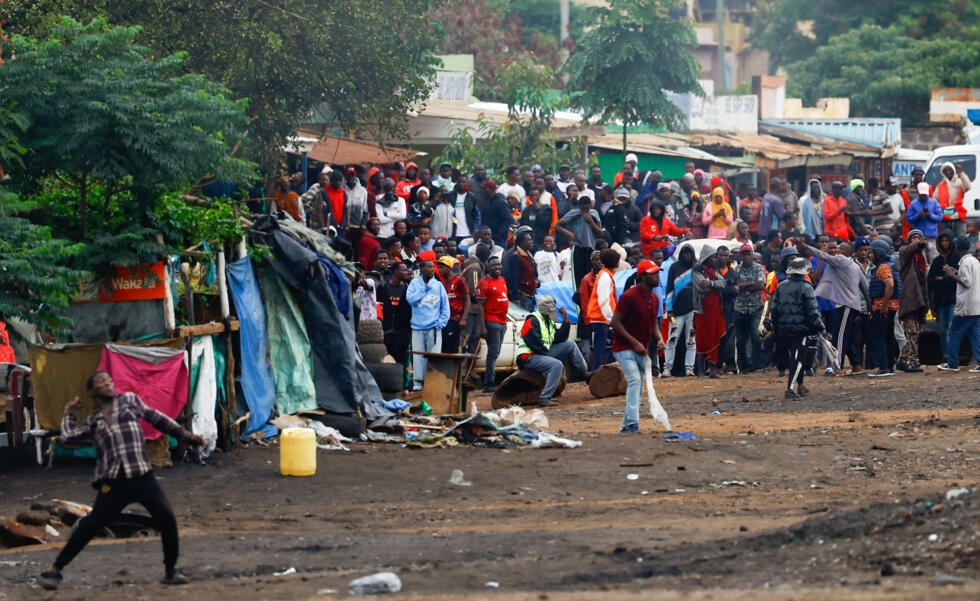
Minde said that the president’s apparent inertia in the face of mounting public frustration could set off internal power struggles within the ruling party.
“There’s a conservative fringe and a progressive fringe,” he said. “Samia Suluhu Hassa is caught in a vice between them.”
The situation in Tanzania remains tense following the violence that broke out around the October 29 elections. Demonstrations in major cities across the country gave way to chaotic scenes as thousands of protesters called for the vote count to be stopped.
Having put in place an internet blackout and nation-wide curfew in the wake of the violence, the government was slowly easing these restrictions on Tuesday. Journalists in the economic hub of Dar es Salaam reported that the public was slowly venturing outside again after days of lockdown and a near-total information blackout.
This article has been adapted from the original in French.





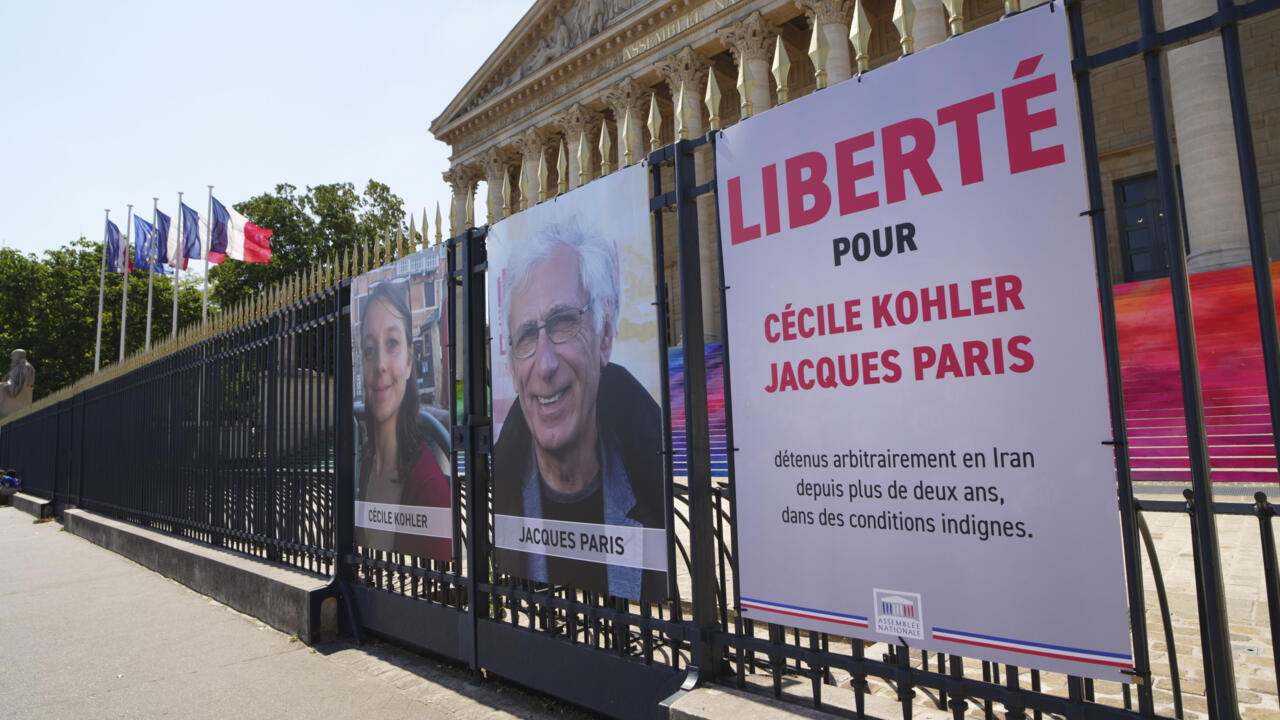


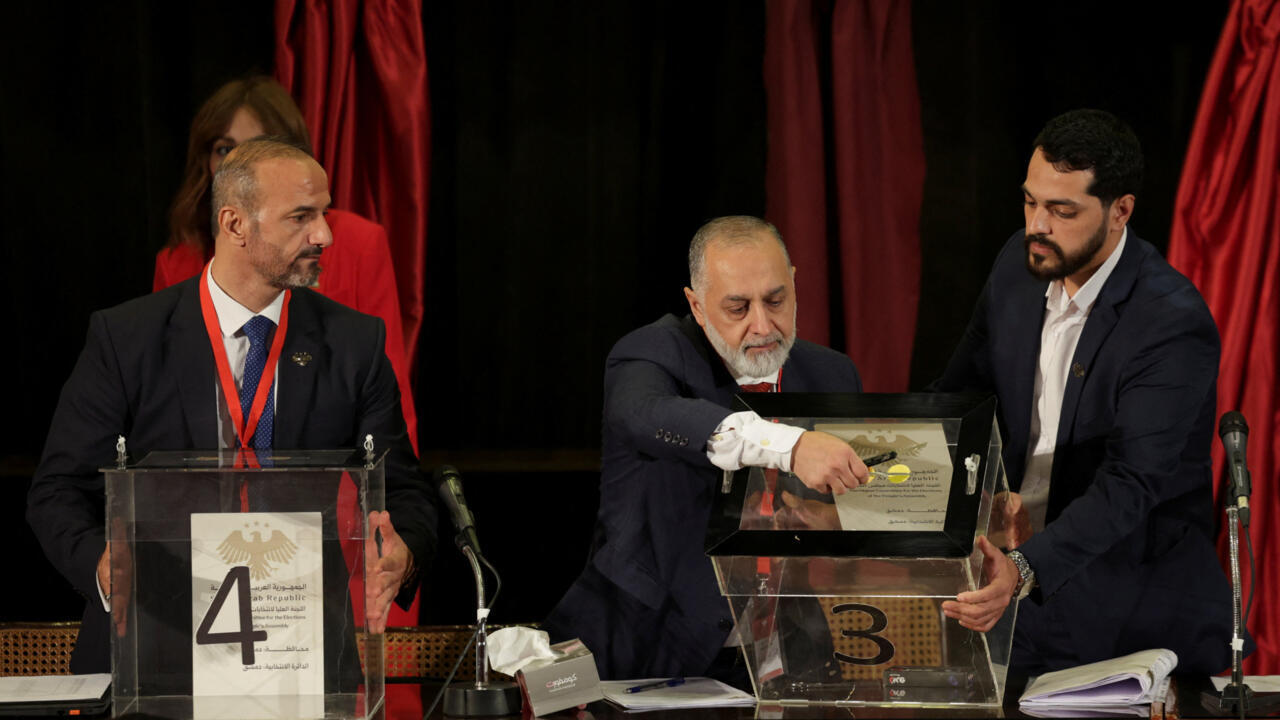
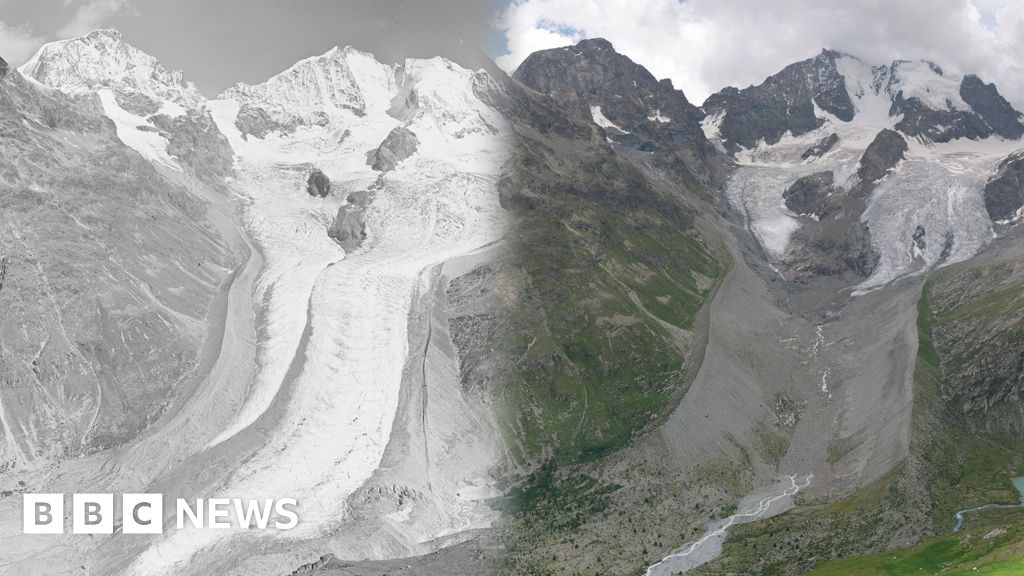

 English (US) ·
English (US) ·